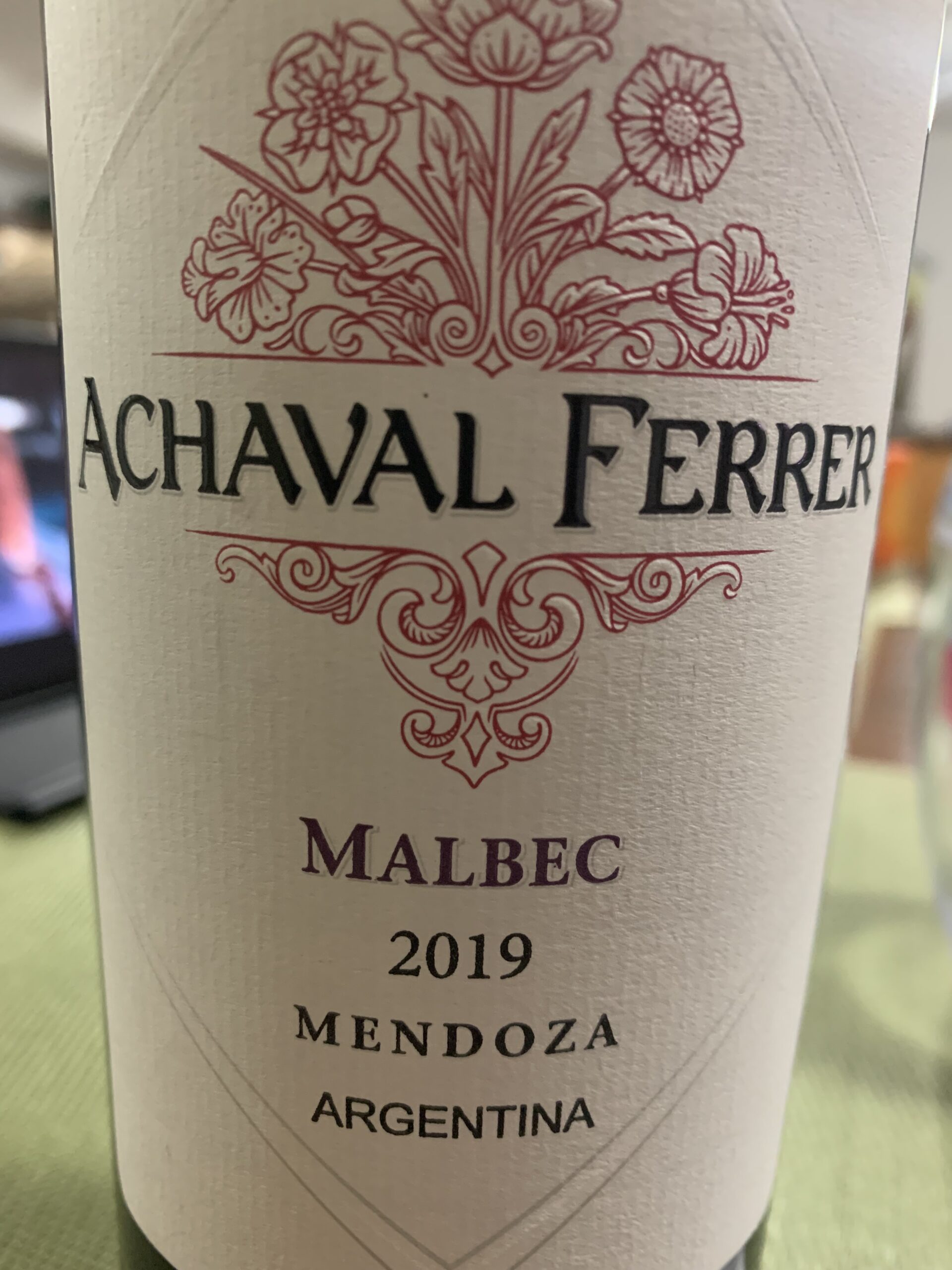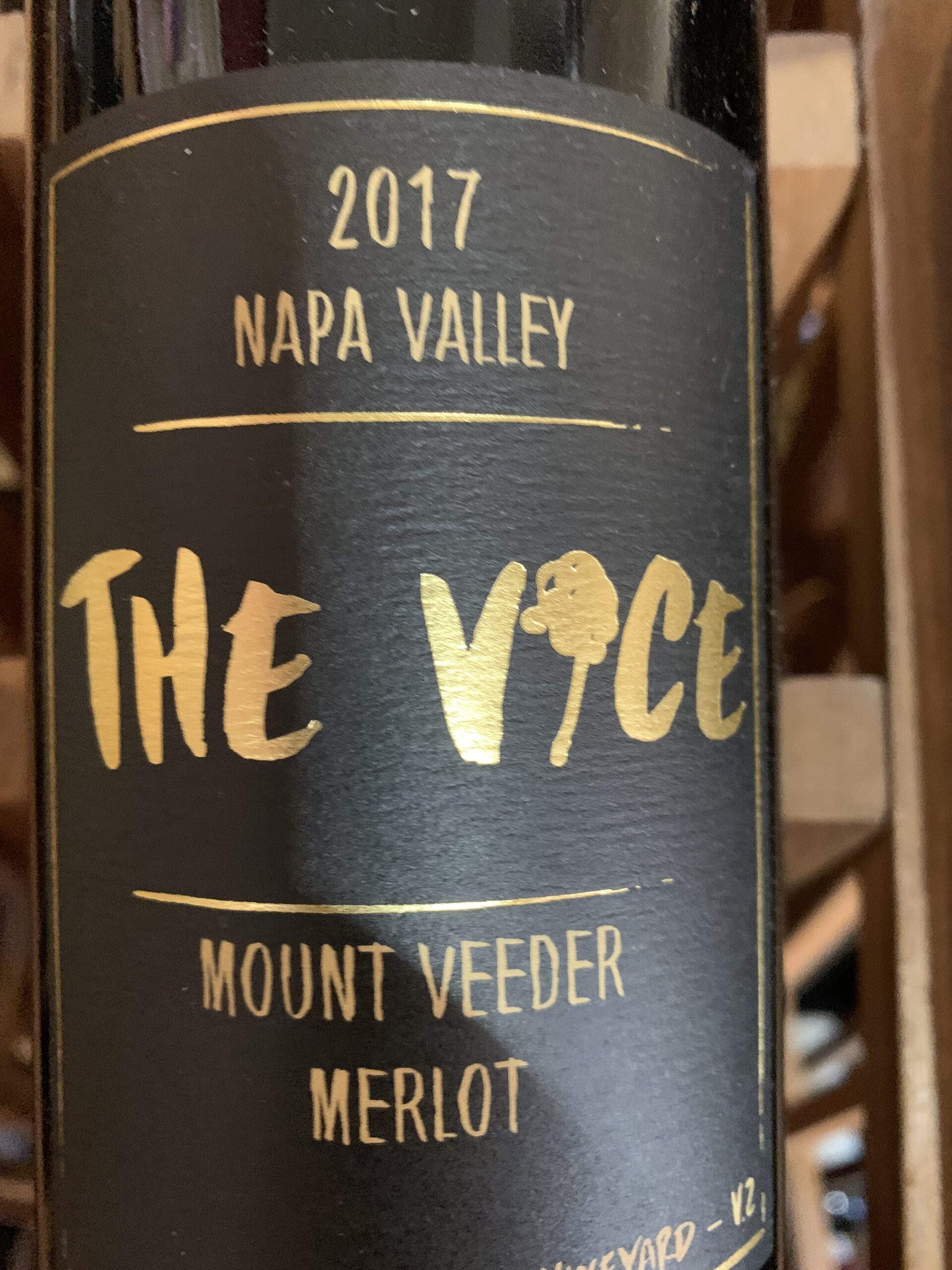Rubicon Estate 2002 Cask Cabernet Rubicon is the image of what was once the historic Inglenook property located in the heart of the western Rutherford Bench in Napa Valley’s prime Cabernet Sauvignon appellation. In 1975, Francis and Eleanor Coppola purchased a majority of the Inglenook Estate and introduced the Niebaum-Coppola Estate Winery with the plan to revitalize its Cabernet heritage. In 1978 Coppola’s plan became a reality and launched the first Rubicon vintage that became the Winery’s flagship wine. Much later in 1995, the Coppolas purchased the remaining part of the property, including the Inglenook Chateau, which restored the Estate to its historic dimensions (I guess he made him an…
-
-
Justin 2011 Isosceles In 1981, Justin Baldwin purchased 160 acres in Paso Robles, with the aim of crafting wines that belong in the company of the finest in the world by making world-class Bordeaux-style blends. Rich in limestone, the soil of Paso Robles produces grapes with intense flavor and great structure, making it a perfect location for JUSTIN Vineyards & Winery. Limestone “stresses” the vines, producing grapes that fully express their varietal character. Rich dark purple color with aromas of black fruit, spice and a whiff of dusty chocolate. The wine is a blend of 81% Cabernet Sauvignon, 12% Merlot and 7% Cabernet Franc that spent 24 months in new…
-
Silver Oak 1998 Napa Cabernet Sauvignon When Raymond T. Duncan first visited the Napa Valley in the late 1960s, he was taken by the region’s rugged beauty. He was also wise enough to understand the potential of the fledgling wine industry. In the 1970’s, he began to buy land in both Napa and Alexander Valleys with the goal of planting vineyards. But with his home and business in Colorado and no viticulture expertise of his own, Ray approached Justin Meyer, whom he had met through mutual friends, and asked him to plant and manage the vineyards. Then working at Christian Brothers, Justin agreed with one condition: in addition to managing…
-
Lancaster Estate 2009 Cabernet Sauvignon Alexander Valley In 1995, Lancaster Estate debuted following the acquisition of Maacama Creek Winery and its estate vineyards. Over the next two decades, from their 53 estate acres, micro-farmed in small vineyard blocks, they produced limited release Bordeaux styled wines, each with its own expression. Their 53 hillside-acres of vineyards are located in the eastern hills of southern Alexander Valley, at the joining together of the Chalk Hill and Knights Valley appellations. The valley is emerging as a leading location for producing Bordeaux style Cabernet-based blends to rival the finest from the Napa Valley. Color of this wine is a very deep dark red with…
-
Cade 2007 Napa Cuvée Cabernet Sauvignon In 2005, John Conover, Gavin Newsom and Gordon Getty founded CADE Estate Winery on Howell Mountain as a complement to the valley floor terroir of PlumpJack Winery. Like PlumpJack, CADE takes its name from Shakespeare, who used the term to refer to the wine casks or cades used to transport wine from Bordeaux to England in Elizabethan times. Deep red with concentrated aromas of black fruit and subtle spice. The palate is focused on dark fruit, mostly blackberry and black cherry, with a light touch of oak, leather and chocolate. Elegant wine with a lingering finish. Nice! Cheers!
-
Château La Nerthe 2007 Châteauneuf-du-Pape Château La Nerthe was born in the 12th Century around the time vines were first planted in the stone-strewn soil of Châteauneuf-du-Pape (literally the “Pope’s new castle”), the place the pontiffs chose for their summer residence when the papel court relocated to Avignon. The historic domains of Châteauneuf-du-Pape, Château la Nerthe, has always been graced by the attentive care of its successive owners: men of firm conviction, aristocrats, and notable experts on Châteauneuf-du-Pape, Marquis Tulle de Villefranche, Commandant Joseph Ducos and La Famille Richard, have all contributed to the reputation for excellence that La Nerthe has acquired and maintained. Pouring a glass of this ruby…
-
Muga 2005 Gran Reserva Prado Enea Since the XVII century, the Muga family has been linked to the wine world and to the area of Rioja. Fast forward to 1932 when Bodega Muga winery was founded and today the winery operates with the same principals it did almost 100 years ago. Muga also has its own cooperage and is able to control the right touch of oak desired in its offerings. Opening a bottle, which I let sit for about an hour, the color was a glistening bright ruby. The nose was clean with plenty of ripe red and black fruit with a touch of spice and herbs. The wine…
-
Grgich Hills Estate 2009 Late Harvest Violetta Miljenko “Mike” Grgich first gained international recognition at the celebrated “Paris Tasting” of 1976. Then, in a now-historic blind tasting, a panel of eminent French judges swirled, sniffed, and sipped an array of the fabled white Burgundies of France and a small sampling of upstart Chardonnays from the Napa Valley. When their scores were tallied, the French judges were shocked: they had chosen the 1973 Chateau Montelena Chardonnay, crafted by Mike Grgich, as the finest white wine in the world. Mon Dieu! The results stunned the international wine establishment and immediately earned Mike a reputation as one of the greatest winemakers in the…
-
Andrew Will 2008 Champoux Red Andrew Will began in 1989 with a simple building (10×60), that is still standing today, where they made their first five vintages for a total of 2000 cases. They loaded 2 trucks (that’s all they had) and moved to Vashon in 1994 and within an hour became ready for the 1994 harvest. They harvest fruit from several areas, this wine was from Champoux vineyards, one of the first two vineyards used by Andrew Will. Opening a bottle of the 2008 Champoux, which is 46% Cabernet Sauvignon, 26% Merlot, 23% Cabernet Franc and 5% Petit Verdot, I notice deep ruby color with a bouquet of aromatic…
-
Shafer 2000 Cabernet Sauvignon Hillside Select Shafer’s signature wine, Hillside Select, is sourced from the slopes of an amphitheater-like structure of thin soil and rock, where a series of knolls and outcroppings some vineyard blocks receive southeastern sunlight, while others receive southern or western exposures. Each afternoon cool breezes from San Francisco Bay (located about 18 miles to the south) channel into the box canyon. The consistent see-saw of daytime heat and evening chill retains acidity within deeply ripened fruit, resulting in a wine of exquisite balance. On this remote site, Cabernet Sauvignon vines prod their roots through thin volcanic soil before meeting weathered bedrock below. With the hillside’s quick…


